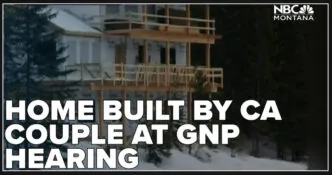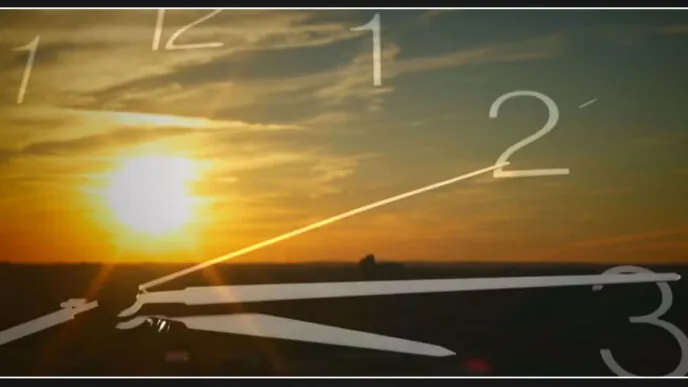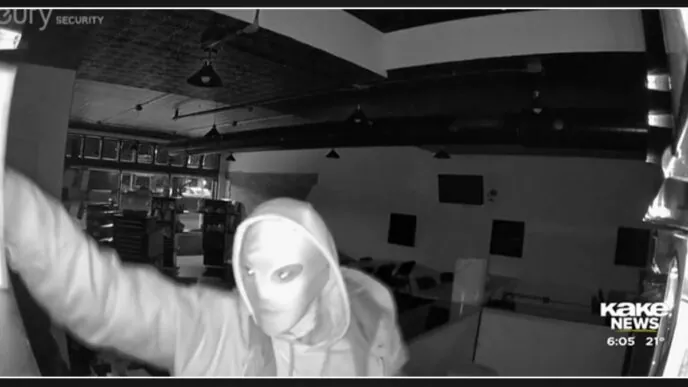Within Glacier National Park’s expansive 1,583 square miles lies a peculiar residence, shrouded in ambiguity. Authorities are currently grappling with the question of which jurisdiction this enigmatic home falls under.
The Flathead Conservation District appeared in federal court on Wednesday to protect its jurisdiction over John and Stacy Ambler, a California couple who constructed a house on private land along McDonald Creek in Glacier National Park.
The Flathead Conservation District claims that the couple has violated Montana’s Natural Streambed and Land Protection Act by building the house near the creek without obtaining a permit.
According to the Amblers, the Conservation District should not have jurisdiction over the property. They argue that the governance should be under either Glacier National Park or Flathead County, as the property is located within the boundaries of the park.
In 2023, all members of the Flathead Conservation District unanimously decided to have the home removed. As a result, the Amblers’ attorney took the board to court by filing a complaint.
The legal dispute has centered on whether the Flathead Conservation District has the authority to enforce the Natural Streambed and Land Protection Act on the Ambler property, which is privately owned but located within the park. The Amblers have contested the jurisdiction of the board, arguing that no permits were necessary for their construction activities.
The Flathead Conservation District argues that the enforcement aligns with the regulations of the National Park, stressing that the Ambler property’s location does not grant it exemption from state law.
A group of residents called Friends of Montana Rivers and Streams is also posing a challenge to the Amblers and their construction plans.
The park’s history and the existence of privately owned properties within it, some of which have been in private hands since the park was established in 1910, further complicate the case. These privately-owned sections of land are referred to as inholdings.
Ambler’s attorney Trent Baker argued during Wednesday’s oral arguments that the Montana’s Natural Streambed and Land Protection Act, also known as the 310 Law, was not passed until many years after Glacier National Park had been established.
According to Baker, a real estate attorney at Datsopoulous, MacDonald & Lind, there have been several noteworthy cases, including Yellowstone Park Transportation v. Gallatin County. In this particular case, the county sought to impose taxes on the transportation company, despite its operations being within the confines of the national park.
According to Baker, the court has ruled that one cannot make a decision at a later time.
Camisha Sawtelle, who represents the Flathead Conservation District, pointed out that the couple did not obtain a permit to construct their building along the streambed. She highlighted the fact that other businesses operating near the streambed have had to obtain multiple permits. Sawtelle emphasized the need for increased scrutiny of private inholdings due to their direct impact on federal land.
Sawtelle emphasized that any actions taken on private land have an immediate effect on federal land.
Representing the Friends of Montana Rivers and Streams, Robert Farris-Olsen emphasized that it was their duty to obtain permits.
Baker maintained that it is the federal regulations that should govern the property, rather than state regulations like Law 310.
“We find ourselves currently operating in a void,” stated Sawtelle in her closing remarks.
District Court Judge Kathleen Desoto has stated that she will promptly deliver her ruling following the proceedings. Rest assured that NBC Montana will diligently track the progress of this story and keep you informed of any developments.













